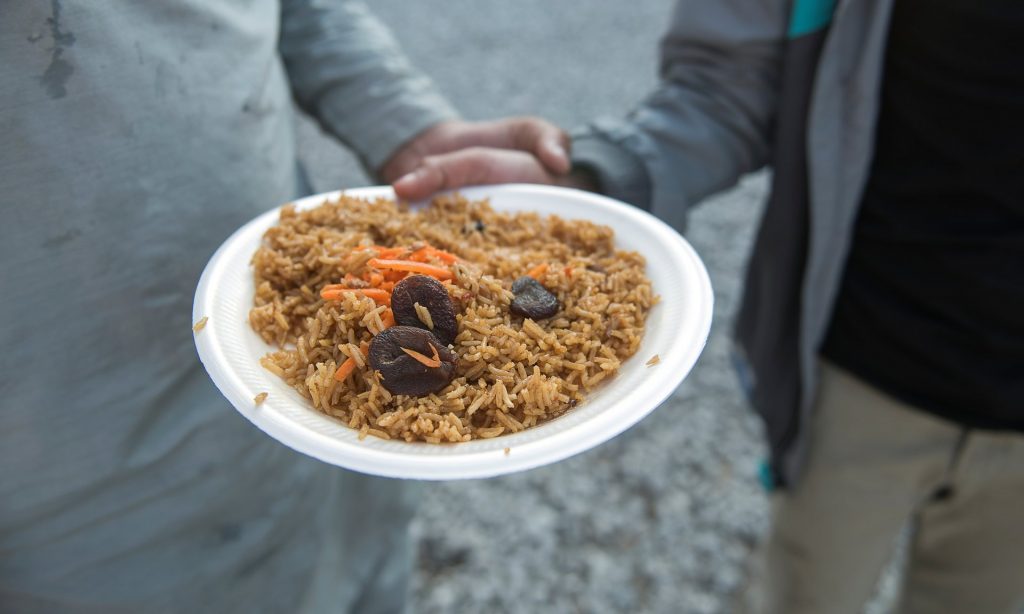Today, around the world, people are on the move. They are migrating to escape poverty, improve their livelihood and opportunities, or escaping conflict and devastation in their own countries. Women represent almost half of the 244 million migrants and half of the 19.6 million refugees worldwide .
The remittances sent by women migrant workers improve the livelihood and health of their families and strengthen economies. In 2015, international migrants sent $432.6 billion in remittances to developing countries—nearly three times the amount of Official Development Assistance, which totaled at $131.6 billion.
Women are often the first responders in a crisis, and whether en route or in camps, in home countries or destination countries, they play a crucial role in caring for, sustaining and rebuilding their communities.
Yet, refugee and migrant women’s needs, priorities and voices are often missing from policies designed to protect and assist them.
Fast facts
- Between 2000 and 2015, the number of international migrants has increased by 41 per cent to reach 244 million. Almost half of them are women [3].
Migrants, especially migrant women, have higher labour force participation rates (72.7 per cent) than non-migrants (63.9 per cent) [
- Almost every sixth domestic worker in the world is an international migrant, and women make up 73.4 per cent of international migrant domestic workers [5].
- Yet, only 22 countries have ratified the ILO Convention on Domestic Workers (No. 189), which recognizes the additional vulnerabilities of women domestic workers and protects the rights and dignity of all domestic workers.
- Today, 50 per cent of the world’s refugees are women and girls .Yet, only 4 per cent of projects in UN inter-agency appeals were targeted at women and girls in 2014, and just 0.4 per cent of all funding to fragile states went to women’s groups or women’s ministries from 2012 to 2013 .
- According to UN reports, 60 per cent of preventable maternal deaths take place in humanitarian settings and at least 1 in 5 refugees or displaced women are estimated to have experienced sexual violence .
- The number of internally displaced persons stood at almost 40 million at the end of 2014. Current data suggests that women living in protracted displacement slightly outnumber men and their hardships get worse over time [
- Placing women in decision-making roles and including their needs and realities in policies and solutions designed to address global migration and the refugee crisis make them more sustainable and responsive.

